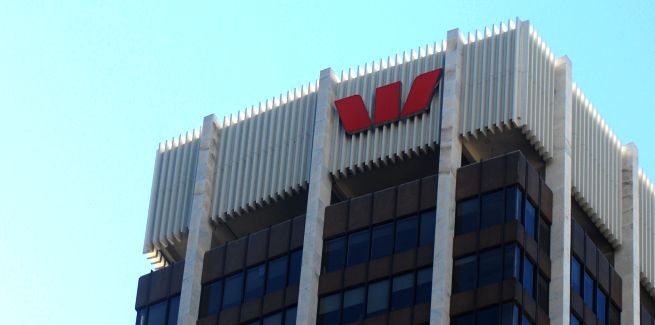According to the results, as of 31 March this year, Westpac Group’s (Westpac) total loan book was $719.6 billion, marking a year-on-year growth of 4 per cent.
Coupling this rise was the group’s Australian mortgage portfolio, which was reportedly $458.3 billion – lifting upwards from September 2021’s $455.6 billion.
This boost was lifted by $34 billion in new lending, excluding refinancing, but was offset by a fall of $18 billion from 'property sale and other', and $13 billion in mortgage paydowns.
Westpac also reported that the number of new mortgages settled over this period accounted for $50.8 billion, and that more than half of the total loans were sourced through the first-party channel.
Owner-occupier loans comprised 64.8 per cent of Westpac's mortgage portfolio – growing year-on-year by almost 3 per cent – as well as accounting for almost 70 per cent of mortgage flows.
Further, owner-occupier loans increased by $5.2 billion over the six-month period to reach roughly $295 billion.
However, Westpac chief executive Peter King, while speaking to both investors and journalists, noted that despite the owner-occupier segment reporting “good growth”, this was partly offset by a “contraction in investor lending”.
According to the results, investor loans dropped from roughly $166 billion to $163 billion over the half-year period, and from $169 billion reported during the first half of 2021.
As per Mr King, there were a few factors that drove this outcome.
“First, outflows had been elevated from our decision to run down lending to self-managed super funds and to foreign buyers. We also experienced higher run-off for certain interest-only lending,” Mr King explained.
“Second, being out of the market on investor lending policies. This is being addressed and has yet to be reflected in new flows.
“And finally, our processes need to improve. While we prioritise owner-occupied mortgages when rolling out our new [digital] platform, we must improve our service to businesses.”
Mr King added that the group has expanded the number and focus of lenders and is simplifying these processes, noting that these issues are predicted to be resolved by the end of the year.
“That should translate to growth in 2023,” Mr King said.
Net interest margins fall
Westpac has also noted in its results that its net interest margin (NIM) at the end of March 2022 was reportedly 1.85 per cent – falling 14 basis points over the six-month period and 24 per cent year-on-year.
Westpac chief financial officer Michael Rowland commented during the group’s presentation that there were factors influencing this fall in margins, with one being rising interest rates.
“Expect the cash rate to rise to 1.75 per cent by year end and to 2.25 per cent in 2023,” he said, noting that rising rates will benefit earnings on capital, as well as non- and low-rate deposits.
“In lending, pressure from fixed rate home lending has slowed as we have repriced and seen a move of flow back to variable rate mortgages,” Mr Rowland said.
“There'll be some impact of lower fixed rate margins in the second half, and we expect competition to shift to variable mortgages and remain competitive in New Zealand and business.”
[Related: All 4 major banks pass on rate rise to borrowers]
 ;
;